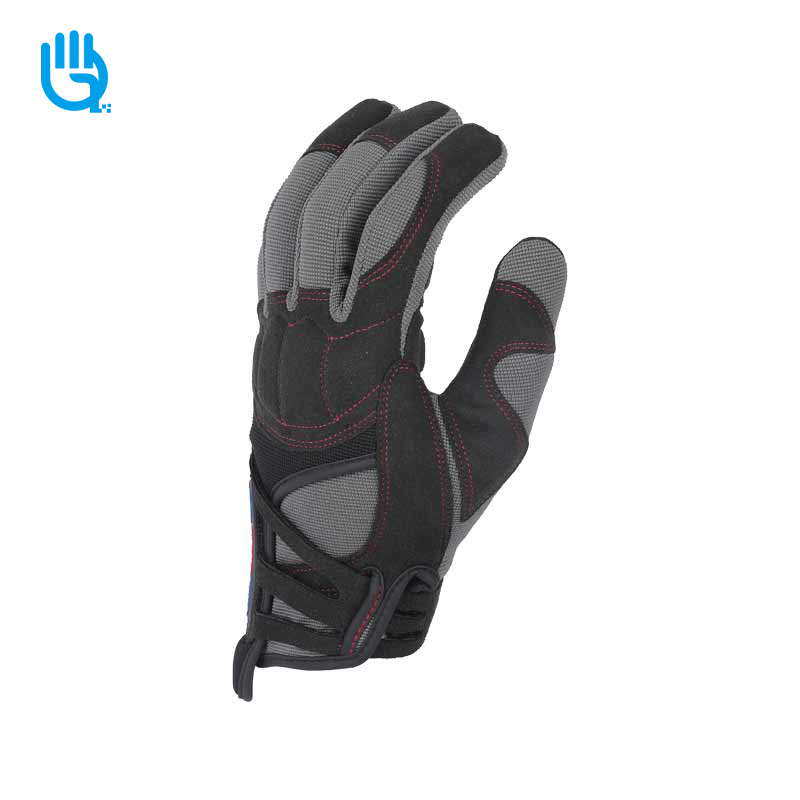Cut-resistant gloves are generally divided into two types, one is for industrial production protection, commonly used in food engineering, bioengineering, electronics industry, mechanical protection, glass industry, etc.; the other is police-type protective gloves, used for Disaster Rescue, Fire Rescue, etc. Three materials commonly used in cut-resistant gloves
1. Aramid (Kevlar): Aramid is an aromatic polyamide product. The primary color of the fiber is yellow. It is strong, light, and flexible. It is 5 times stronger than steel of the same weight. It is fireproof and will not melt at high temperatures. Therefore, it is more suitable for high temperature workers, such as metal smelting, industrial welding, glass processing, etc.
2. High-strength polyethylene fiber (Dyneema): tough and light, good fit, good wear resistance, small friction coefficient, high strength, more than ten times that of steel wire of the same section. Mostly used for high-intensity industry workers, such as: metal processing, body assembly, stamping operations, etc.
3. Steel wire and polyester fiber weaving: Steel wire gloves have the highest anti-cutting ability and are suitable for handling blades operated by humans. In addition to being used in the food processing industry, they are also used to defend against animal bites. From the material of the cut-resistant gloves, we can see that it can only cope with the blade operated by human beings. If it is a high-strength cutting, it is not necessarily. The specific can be determined according to the anti-cut test.

 English
English 简体中文
简体中文 English
English Deutsch
Deutsch











